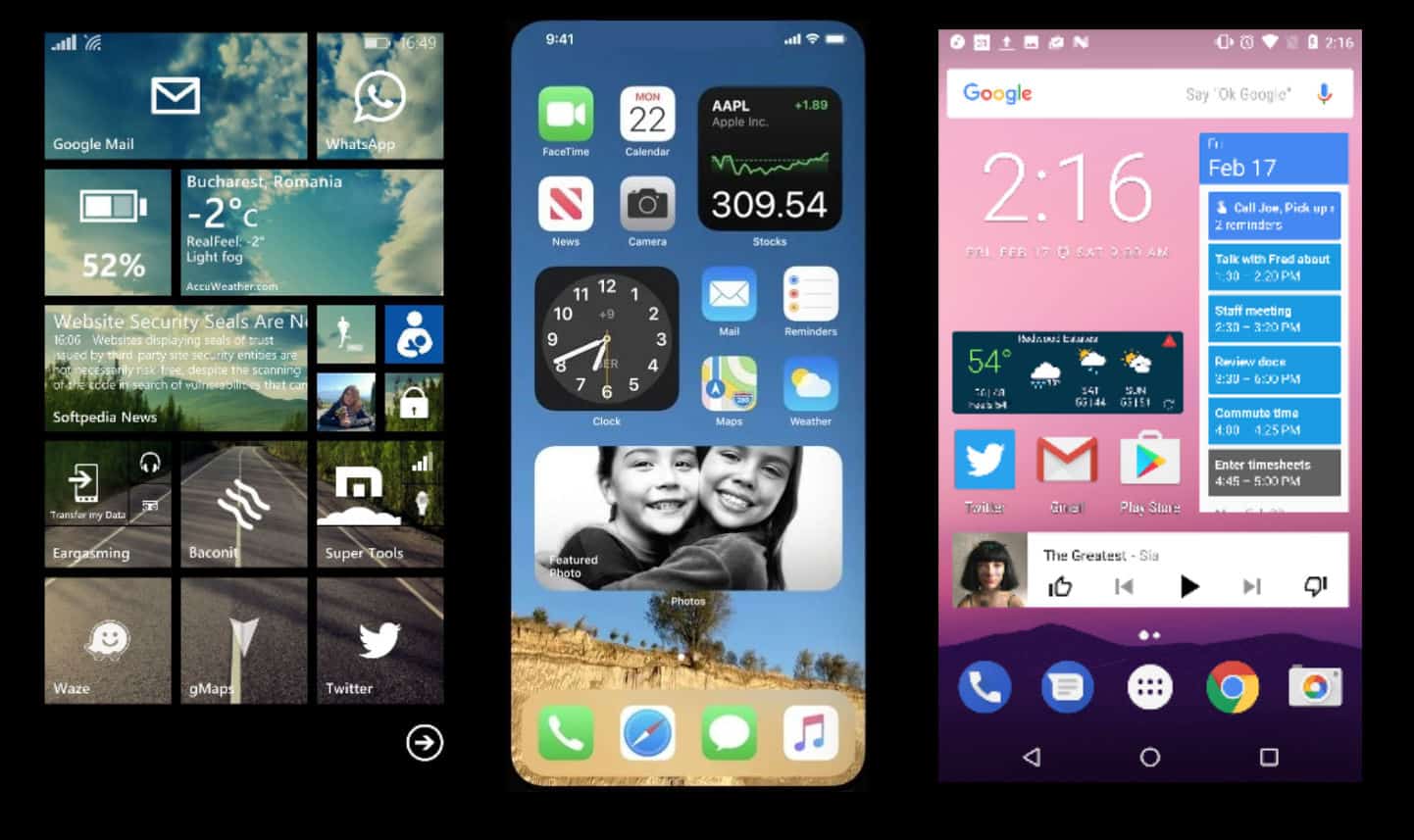With iOS 14, did Apple copy Windows Phone or Android widgets?
2 min. read
Updated on
Read our disclosure page to find out how can you help MSPoweruser sustain the editorial team Read more

Today, with the announcement of iOS 14, Apple finally freed widgets to mix freely with app icons, as is much more traditional for other phone operating systems, immediately raising accusations that the company finally gave in and simply copied Windows Phone and Android.
Of course, the question arises of which operating system Apple drew inspiration from.
https://twitter.com/Kirano99/status/1275125802825404422
congrats to iOS 14 for catching up to Windows Phone tiles pic.twitter.com/IIsobKfAma
— Brandon Hardin (@hardin) June 22, 2020
https://twitter.com/webster/status/1275114620156436483
While many have said Windows Phone, the fact that widgets are actually separate applications on iOS with a full user interface, vs simply a connection to a backend service such as on Windows Phone suggests Google should be the one sending Apple the royalty check demand.
Windows Phone Live Tiles were designed to be quiet most of the time, while Android and iOS widgets are designed to scream for your attention. Live Tiles were the primary user interface for the phone, while widgets on iOS is simply Apple trying to spice up their ancient OS.
It is pretty clear that, rather than being thoughtful about the user experience, Apple simple fired up their copy machine.
Ultimately however Windows Phone and its Live Tiles were designed for severely resource-constrained devices, while Android and iOS widgets instead simply demand you buy better hardware to get the best out of the software, which is, in the end, is a better way to push an ecosystem forward.








User forum
0 messages